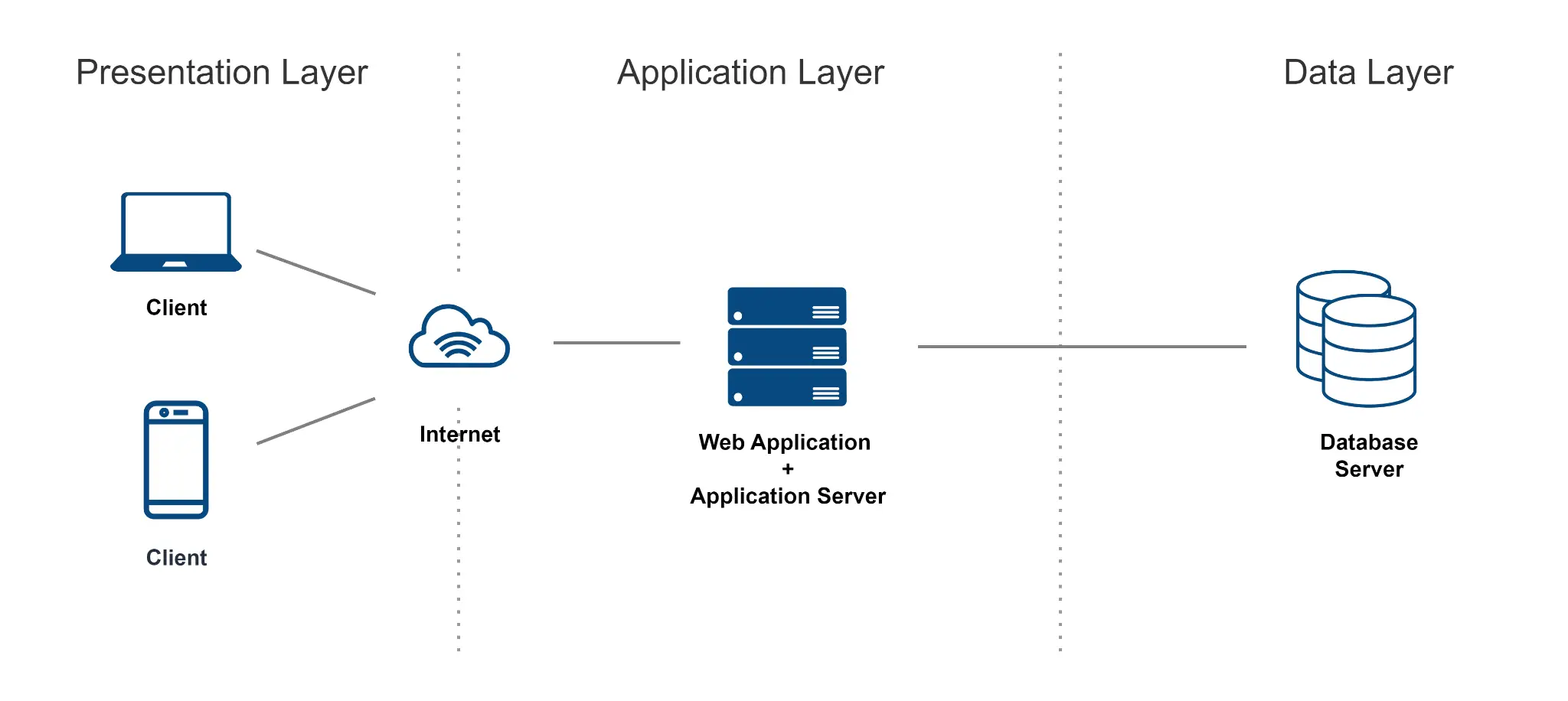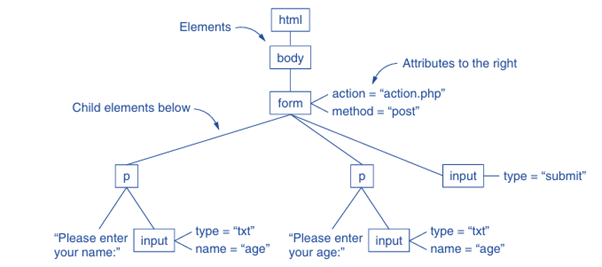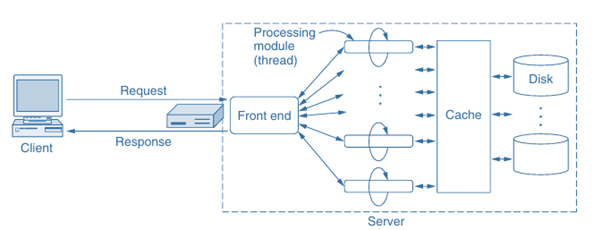The World Wide Web(WWW)
 The World Wide Web, commonly referred to as the Web, is an architectural framework that allows users to access linked content spread across millions of machines connected to the Internet. In just a decade, it transformed from a tool for coordinating high-energy physics experiments at CERN to the primary application that most people associate with the Internet. Its immense popularity can be attributed to its user-friendly interface and the vast wealth of information it provides on virtually every conceivable topic, from aardvarks to Zulus.
The World Wide Web, commonly referred to as the Web, is an architectural framework that allows users to access linked content spread across millions of machines connected to the Internet. In just a decade, it transformed from a tool for coordinating high-energy physics experiments at CERN to the primary application that most people associate with the Internet. Its immense popularity can be attributed to its user-friendly interface and the vast wealth of information it provides on virtually every conceivable topic, from aardvarks to Zulus.
Origins of the Web
The Web was conceived in 1989 at CERN (the European Center for Nuclear Research) by physicist Tim Berners-Lee. The initial goal was to facilitate collaboration among large teams of researchers, often spread across multiple countries and time zones. They needed a way to share a constantly evolving collection of reports, blueprints, drawings, photos, and other documents related to particle physics experiments. Berners-Lee proposed a web of linked documents, and within 18 months, the first text-based prototype was operational. A public demonstration at the Hypertext ’91 conference captured the attention of other researchers, leading to the development of the first graphical browser, Mosaic, by Marc Andreessen at the University of Illinois, released in February 1993.
The Rise of Browsers
Mosaic’s popularity sparked a “browser war” between Netscape Navigator and Microsoft’s Internet Explorer, each competing to capture a larger share of the burgeoning market by adding features. Throughout the 1990s and 2000s, the number of websites and web pages grew exponentially, leading to millions of sites and billions of pages. Some sites became immensely popular, shaping the modern Web experience. Notable examples include:
→ Amazon (1994): An online bookstore with a market capitalization of $50 billion.
→ eBay (1995): A flea market platform valued at $30 billion.
→ Google (1998): A search engine with a market capitalization of $150 billion.
→ Facebook (2004): A social networking site valued at over $15 billion.
The late 1990s also saw the rise and fall of many Web companies during the dot-com bubble, where companies were valued at hundreds of millions of dollars overnight, only to collapse shortly after.
The World Wide Web Consortium (W3C)
In 1994, CERN and MIT established the W3C (World Wide Web Consortium) to further develop the Web, standardize protocols, and promote interoperability between sites. Tim Berners-Lee became the director, and since then, hundreds of universities and companies have joined the consortium. For the latest information about the Web, the W3C’s official website, www.w3.org, serves as a valuable resource.
Architectural Overview

From a user’s perspective, the Web consists of a vast collection of content in the form of web pages. Each page can contain links to other pages anywhere in the world, allowing users to navigate seamlessly by clicking on hyperlinks. This concept of linking documents, known as hypertext, was first proposed by Vannevar Bush in 1945, long before the Internet was invented.
Browsers and Page Rendering
Web pages are typically viewed using web browsers such as Firefox, Internet Explorer, and Chrome. When a user requests a page, the browser fetches the content, interprets it, and displays it on the screen. The content may include text, images, videos, and interactive elements, creating a rich user experience.

Hyperlinks and Navigation
Hyperlinks are essential for navigating the Web. Users can click on text, icons, or images that are linked to other pages. In the early days, links were often highlighted with underlining and colored text, but modern web design allows for more creative approaches to link presentation.
The Role of HTTP
The Hyper Text Transfer Protocol (HTTP) is the foundation for fetching web pages. It operates over TCP and allows browsers to request and receive content from web servers. Pages can be static, displaying the same content each time, or dynamic, generated on demand based on user interactions or database queries.

Dynamic web pages are increasingly common, allowing for personalized user experiences. For instance, an online bookstore may display different recommendations based on a user’s previous purchases. This personalization is often achieved through the use of cookies, which store user preferences and session information.

The Evolution of HTML
HTML (HyperText Markup Language) is the standard language for creating web pages. It allows for the inclusion of text, graphics, and links, and has evolved through various versions, with HTML5 introducing support for audio, video, and more interactive elements. CSS (Cascading Style Sheets) complements HTML by providing control over the appearance of web pages, allowing designers to separate content from presentation.
Conclusion
The World Wide Web has revolutionized how we access and share information. From its humble beginnings at CERN to its current status as an integral part of daily life, the Web continues to evolve, offering new opportunities for communication, commerce, and collaboration. As technology advances, the Web will likely become even more interactive and integrated into our lives, shaping the future of how we connect with each other and the world around us. Whether through enhanced user experiences, improved accessibility, or the development of new web standards, the potential for growth and innovation remains vast. The ongoing efforts of organizations like the W3C ensure that the Web will continue to be a dynamic and inclusive platform for all users.
